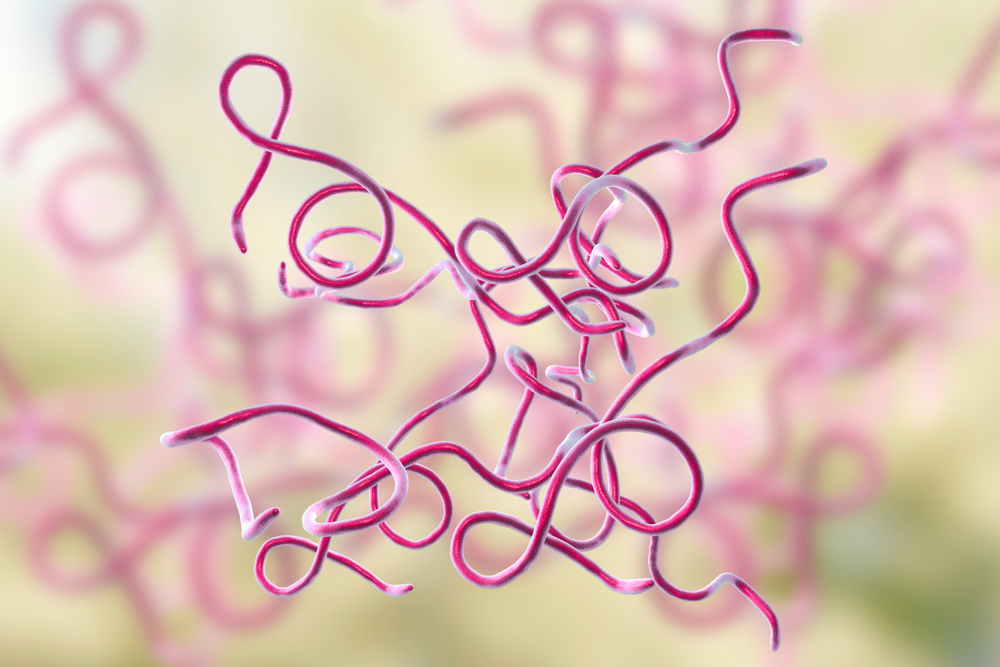BORRELIA BURGDORFERI SENSU STRICTO (B31) CRASP-2 PROTEIN
This is a recombinant Borrelia burgdorferi CRASP-2 protein, fused to an MBP-tag and produced in E. coli (>90% purity).
PRODUCT DETAILS – BORRELIA BURGDORFERI SENSU STRICTO (B31) CRASP-2 PROTEIN
- Recombinant Borrelia burgdorferi CRASP-2 protein (NCBI Accession number: NP_045500.1).
- Greater than 90% pure (by SDS-PAGE) in 0.02 M Potassium Phosphate, 0.15 M Sodium Chloride, pH 7.2 and 0.01% (w/v)
Sodium Azide.
BACKGROUND
CRASP-2 is encoded by the spirochete B. burgdorferi, which is carried by Ixodes ticks. Strain B31 is the type strain (ATCC 35210) for this organism and was derived by limited dilutional cloning from the original Lyme-disease tick isolate obtained by A. Barbour (Johnson, et al., 1984).
B. burgdorferi differ in their susceptibility to normal human serum and are therefore classified as complement-resistant, complement-sensitive and intermediate complement-sensitive. Complement resistant bacteria absorb human immune regulators FHL-1/reconectin and factor H using two outer surface Complement Regulator-Acquiring Surface Proteins (CRASP-1 and CRASP-2). Surface-attached FHL-1/reconectin retains its complement regulatory and cleavage activity (Kraiczy, et al., 2001). Factor H and FHL-1 serve as cofactors for factor I, a serine protease that cleaves complement component 3b (C3b) directly on the cell surface and thereby ensures resistance of spirochetes to complement-mediated lysis (Kraiczya, et al., 2007).
CRASP-2 (CSPz) is a 20/21-kDa protein which binds to FHL-1 and factor H binding protein (although it interacts preferentially with Factor H) and may be predominantly expressed by serum-resistant Borrelia strains (Rossmann, et al., 2006). It is possible that because of discontinuous binding regions in the factor H/FHL-1, a long-distance interaction may be involved in binding of both immune regulators. Putative coiled-coil structural elements may also be important in the interaction of B. burgdorferi CRASP-1 with factor H (Kraiczya, et al., 2007).
These proteins represent another immune evasion mechanism of B. burgdorferi, as bacteria acquire human complement regulators to control complement activation on their surface and prevent formation of toxic activation products (Kraiczy, et al., 2001).
REFERENCES
- Johnson, R.C., et al. 1984. Borrelia burgdorferi sp. nov.: etiologic agent of Lyme disease. Int J Syst Bacteriol, 34, pp. 496–497.
- Kraiczya, P. et al., 2007. Assessment of the regions within complement regulator-acquiring surface protein (CRASP)-2 of Borrelia burgdorferi required for interaction with host immune regulators FHL-1 Proceedings IX. International Jena Symposium on Tick-borne Diseases (formerly IPS). International Journal of Medical Microbiology, 298(1), pp. 268-271.
- Kraiczy, P. et al., 2001. Immune evasion of Borrelia burgdorferi by acquisition of human complement regulators FHL-1/reconectin and Factor H. Eur J Immunol, 31(6), pp. 1674-84.
- Rossmann, E. et al., 2006. Borrelia burgdorferi Complement Regulator-Acquiring Surface Protein 1 of the Lyme Disease spirochetes is expressed in humans and induces antibody responses restricted to nondenatured structural determinants. Infection and Immunity, 74(12), pp. 7024-7028.

